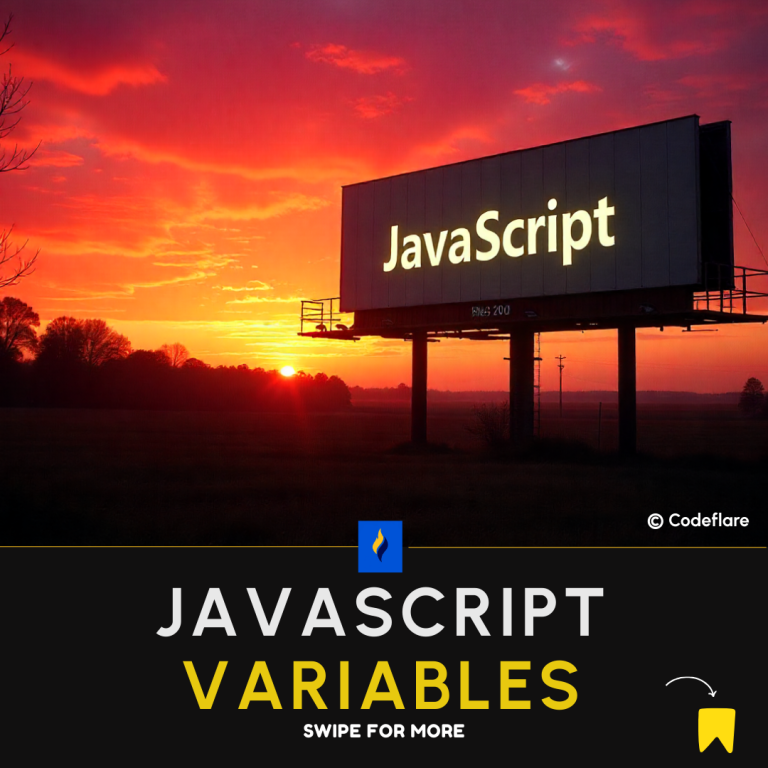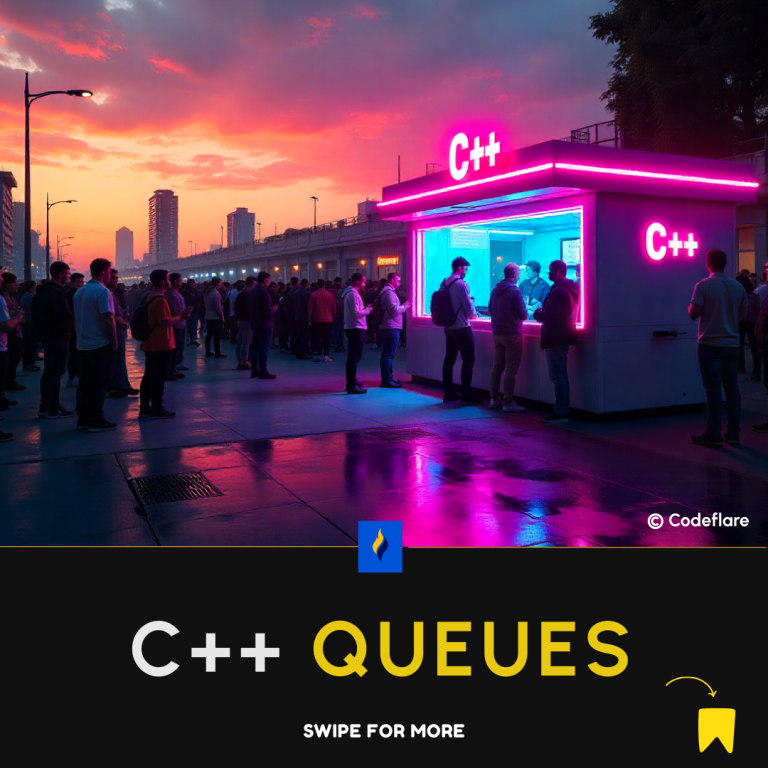
Netflix, a pioneer in the streaming industry, has always been at the forefront of adopting and developing cutting-edge technology. However, the tech giant made waves in the development community when it decided to move away from React for certain parts of its ecosystem. This decision has sparked discussions about the reasons behind the shift and what it means for the future of web development.
A Closer Look at Netflix’s Journey with React
React, a JavaScript library for building user interfaces, has been a cornerstone for many tech companies. Known for its simplicity and performance, React’s component-based architecture made it an ideal choice for Netflix during its earlier phases of web development. It allowed Netflix to create highly interactive user interfaces with reusable components, reducing development time and enhancing user experience.
The Challenges with React
Despite its advantages, Netflix began encountering challenges with React as their platform scaled and evolved:
- Performance Overheads: React’s Virtual DOM, while efficient for many use cases, introduced performance overheads in scenarios where Netflix needed ultra-fast rendering and updates. This was particularly evident on lower-end devices and environments where resource optimization is critical.
- Server-Side Rendering (SSR) Limitations: While React does support SSR, the process can be complex and resource-intensive. Netflix’s goal of delivering lightning-fast initial page loads and seamless user experiences led them to explore alternative solutions better suited for their scale.
- Bundle Size: React’s ecosystem often requires additional libraries and tools, which can increase the overall bundle size. For a platform with a global user base, especially in regions with slower internet speeds, minimizing the size of the JavaScript payload is crucial.
- Complexity with Custom Solutions: Over time, Netflix’s development teams had to implement custom solutions and workarounds to address specific requirements that React could not handle efficiently. This added complexity to their codebase and maintenance efforts.
The Shift to Alternatives
Netflix’s move away from React was not an outright rejection of the library but rather a calculated decision to use tools better suited for specific needs. Some of the alternatives they have embraced include:
- Vanilla JavaScript and Custom Frameworks: By leveraging custom-built frameworks and vanilla JavaScript, Netflix has gained more control over performance optimization and reduced dependency on third-party libraries.
- Server-Driven UI: Netflix has increasingly adopted server-driven UI patterns, where the server dictates the rendering logic. This approach minimizes the reliance on heavy client-side libraries and improves performance across devices.
- Next-Generation Tools: Emerging technologies such as React alternatives (e.g., Svelte, Preact) and WebAssembly have provided more lightweight and efficient options for certain parts of their platform.
Lessons for Developers
Netflix’s decision to move away from React underscores an important lesson: technology choices should be guided by specific business needs and technical constraints. While React remains a powerful and popular tool, it is not a one-size-fits-all solution. Developers should consider:
- The performance requirements of their application.
- The trade-offs between development speed and long-term maintainability.
- The importance of optimizing for their target audience’s devices and network conditions.
Conclusion
Netflix’s transition away from React for certain projects highlights the dynamic nature of the technology landscape. While React continues to thrive as a dominant player in web development, Netflix’s move demonstrates the value of exploring new solutions and adapting to changing requirements. As the tech world evolves, this decision serves as a reminder to developers to remain flexible and prioritize their application’s unique demands over sticking to trends.

Latest tech news and coding tips.



